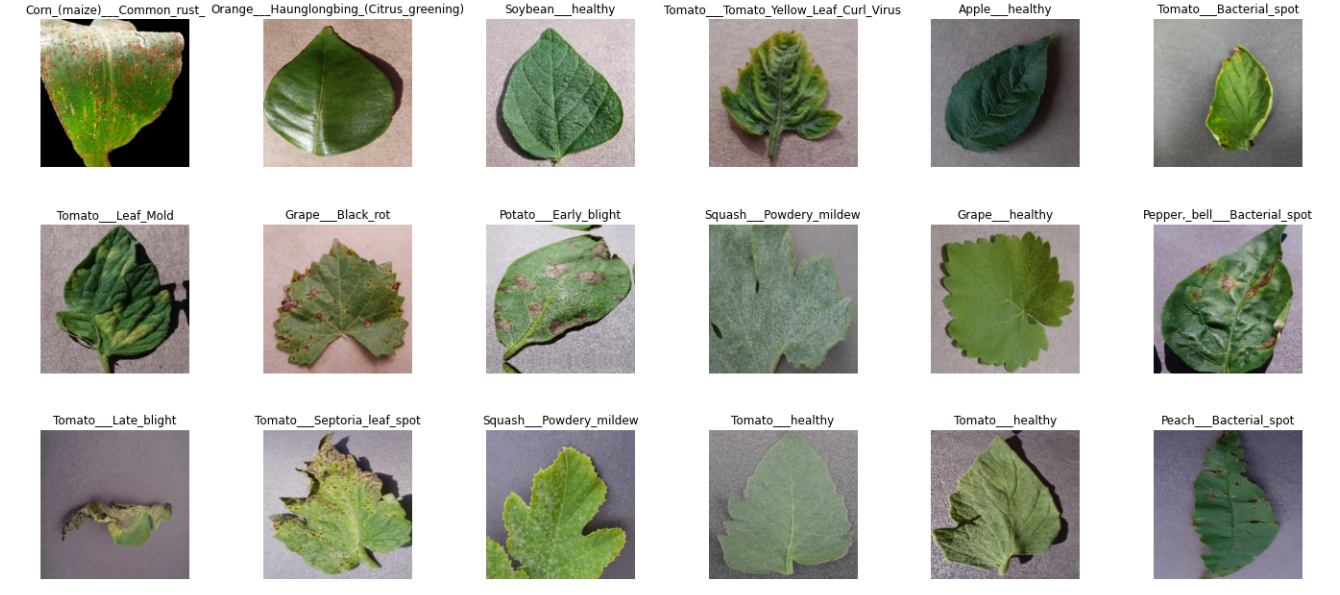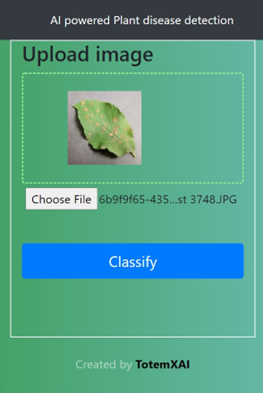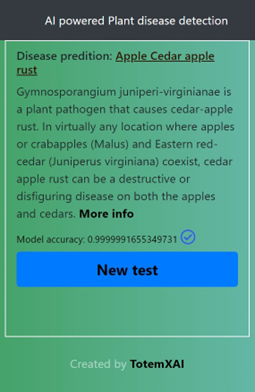
Spot on Plant disease classification for improving the harvest yields and minimize the pestiside costs
Idea summary
It started as a research project to evaluate potential of cutting-edge AI expecially computer vision techniques to improve the productivity and efficiency for low-income farmers. The major challenges the farmers face is to continously monitor their fields for spur of any diseases and ensure early intervention. Failing which the spread could require large treatment costs to save those planted areas and worst cases, claim large chunk of the harvest resulting into heaps of monetory loss.
Up to 40% of food crops are lost due to plant pests and diseases annually causing $220 billion trade losses as per estimate from FAO (Food and Agriculture Organization of the United Nations), resulting in substantial economic deficit and increasing food scarcity problem globally. Every year farmers worldwide face the problem of significant agriculture yield loss due to crop pathogens and pests (P&Ps). In the 2019 NEE report, 5 major crops making 50% of the global human calories intake, have suffered significant deficits due to the P&Ps ( 10.1–28.1% in wheat, 24.6–40.9% in rice, 19.5–41.1% in maize, 8.1–21.0% in potato, and 11.0–32.4% in soybean).
If the diseases caused by the P&P’s can be diagnosed timely and accurately, the losses can be minimized and completely avoided in best case scenarios. Effective and efficient plant disease diagnosis would be a necessary step for state-of-art plant health management and ultimately for continued financial and natural growth of the world. To understand the domain, we begun with observing the conventional disease detection methods and identify the problems or gaps. Further, the potential of novel solution approach with advance tools and technologies like smartphones, Internet of Things (IoT) and Artificial intelligence (specifically Deep Learning - DL) was established with working POC. This was then adopted by a group of 10 farmers in the testing phase and scaled to 100s in later months.
Rationale - concerns and challenges with existing plant disease detection methods
The conventional crop disease detection methods had many shortcomings as follows -
- Laboratory based methods required high skilled analytics
- Complex sample preparation and time consuming
- No real-time detection
- High cost involved
Hence, a digital detection system that farmers can use on-premise i.e. at their fields and get instant results was essential. Core goals of the new system were derived as follows -
- Sufficiently accurate for early detection, that can be verified with lab testing only if required. i.e. save resource and time.
- Must be easy-to-use. accessible on browser or as an app on low-end devices such as low-end smartphones or notebooks.
- Provide real-time detection and draw attention of the user.
- Low-cost, reusable and scalable solution like an API service.
Ensuring robust classification accuracies on more than 28 different plant species
The table lists the evaluation metrics for test set through the first phase. From the values of accuracy, precision, recall and F1 we can see that model is able to perform remarkably on validation set, proving successful application of Deep Learning.

Plant disease detection with deep learning - classification evaluation metrics with fine-tuned training
Further improvements were experimented with following paths -
A. Although this was already state-of-the-art accuracy, to amend the model to perform better, we tested utility of LR finder. This functionality, which is based on cyclic learning, helps in finding best learning rate values or range for efficient training. To review the results please feel free to Give us a ping!
B. Improving the data quality. We plotted some the wrongly classified labels and generated specific confusion metrices. These are some of the predictions with highest lost values resulting in wrong classification. Majority of wrong predictions were due to corrupted data (e.g. a fruit image instead of a leaf) or wrongly labelled data - later verified and corrected by the domain experts.
Post successful model development and testing, the deep learning models were quantized, resulting into compute-efficient yet accurate predictions. These models were wrapped into APIs for web interface testings. Later they were successfully deployed on edge-devices i.e. on-field drones and low-end android smart phones.
Practical implementation of Deep Learning in plant disease detection

Plant disease detection with deep learning - web demo - UI

Plant disease detection with deep learning - web demo - results